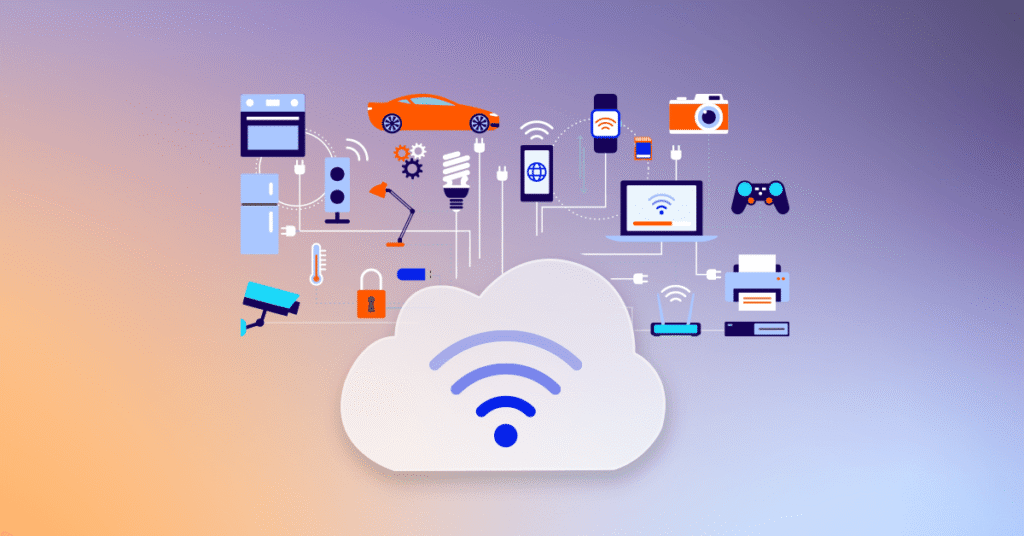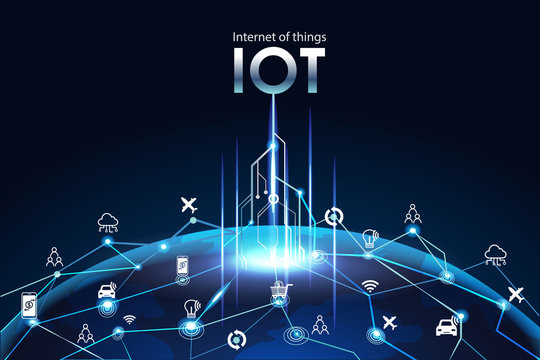Securing the Internet of Things (IoT): Strategies for a Connected World.
The Internet of Things has fundamentally transformed industries by enabling unprecedented connectivity, data collection, and operational efficiency. From smart manufacturing equipment to connected healthcare devices, IoT technologies have created new possibilities for innovation and productivity. However, this digital transformation has simultaneously introduced a vast and complex attack surface that challenges traditional cybersecurity approaches and demands new defensive strategies.
The proliferation of IoT devices has reached staggering proportions, with billions of connected devices now deployed across industries worldwide. These devices range from simple sensors collecting environmental data to sophisticated industrial control systems managing critical infrastructure. Each connected device represents a potential entry point for malicious actors, creating a security landscape where the weakest link can compromise entire networks and systems.
The current state of IoT security reveals significant challenges rooted in the design philosophy of many connected devices. Manufacturers often prioritize functionality, cost- effectiveness, and time-to-market over security considerations, resulting in devices that ship with fundamental vulnerabilities. Many IoT devices feature default credentials that users never change, infrequent or nonexistent security update mechanisms, and limited encryption capabilities that leave data transmissions vulnerable to interception and manipulation.

Industrial IoT environments face particularly acute security challenges, as operational technology systems originally designed for isolated networks now find themselves connected to the internet. These systems often cannot be easily updated or secured without disrupting critical operations, creating persistent vulnerabilities in essential infrastructure including power grids, water treatment facilities, and manufacturing plants.
Common vulnerabilities in IoT deployments include weak authentication mechanisms that rely on simple password protection or hardcoded credentials that cannot be modified.
Inadequate encryption in data transmission and storage creates opportunities for eavesdropping and data manipulation. Firmware vulnerabilities often persist for years due to poor update mechanisms or manufacturer negligence, while many devices lack proper logging and monitoring capabilities that would enable organizations to detect and respond to security incidents.
The attack vectors targeting IoT devices have evolved to exploit these weaknesses systematically. Botnet operators scan for devices with default credentials, creating massive networks of compromised devices for distributed denial-of-service attacks. Advanced persistent threat actors use IoT devices as pivot points to access more valuable network resources, while ransomware operators target industrial control systems to disrupt operations and demand payment for restoration.
Implementing comprehensive IoT security requires a multi-layered approach that begins with careful device selection and procurement processes. Organizations should prioritize devices from manufacturers with demonstrated security track records and established update processes. Due diligence should include evaluating the manufacturer’s commitment to long-term security support and their track record for addressing vulnerabilities promptly.
Network segmentation plays a crucial role in IoT security by isolating connected devices from critical network resources. This approach limits the potential impact of device compromises and enables organizations to implement appropriate security controls for different device categories. Micro-segmentation technologies can provide granular control over device communications, ensuring that IoT devices can only access the specific resources necessary for their intended functions.
Device management and monitoring systems are essential for maintaining visibility into IoT deployments and detecting potential security incidents. These systems should provide real-time monitoring of device behavior, automated vulnerability scanning, and centralized update management capabilities. Organizations must also implement robust authentication and access control mechanisms, including multi-factor authentication where possible and regular credential rotation for service accounts.



















